Problems with clematis on other plants
opheliathornvt zone 5
10 years ago
Related Stories

PLANTING IDEASGreat Garden Combo: Rose + Clematis for Small-Space Impact
We all need somebody to lean on. And when a rose supports a climbing vine, the results can totally transform a small garden
Full Story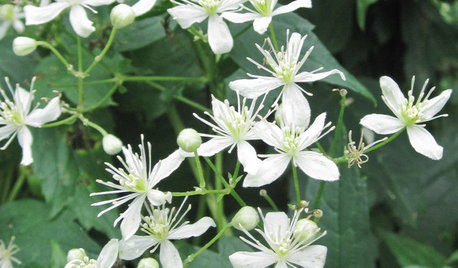
GARDENING GUIDESGreat Design Plant: Clematis Virginiana
Devil’s darning needles, a vigorous vine native to eastern North America, likes partial shade and many types of soils
Full Story
GARDENING GUIDESSolve 3 Common Landscape Problems — With More Plants
Sometimes the best defense is a good offense
Full Story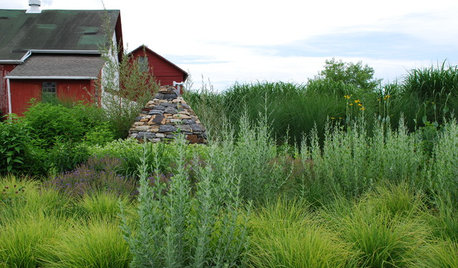
LANDSCAPE DESIGNProblem Solving With the Pros: An Abundant Garden Stretches Its Means
Swaths of resilient, eye-catching plants thrive with little care or resources in the landscape of a Pennsylvania farmhouse
Full Story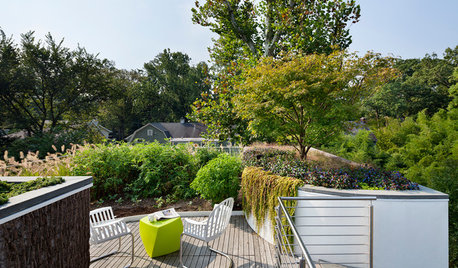
LANDSCAPE DESIGNProblem Solving With the Pros: Sustainable Landscape Captures Runoff
An underground cistern, permeable paving and a rain garden are part of this Washington, D.C. yard's thoughtful design
Full Story
LANDSCAPE DESIGNProblem Solving With the Pros: How to Build a Garden in an Urban Canyon
Skyscrapers, noise and deep shade create an unlikely sweet spot for a timeless green retreat in New York City
Full Story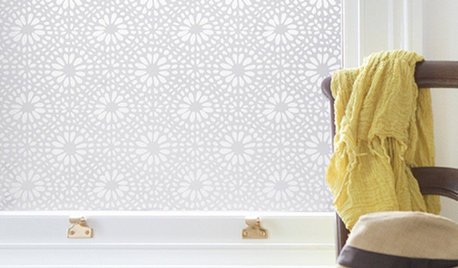
DECORATING GUIDESSolve Privacy Problems With Window Film
Let the light in and keep prying eyes out with an inexpensive and decorative window film you can apply yourself
Full Story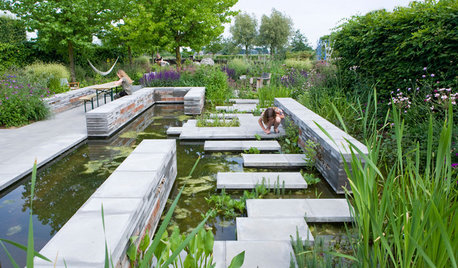
LANDSCAPE DESIGNProblem Solving With the Pros: A Garden Built From Scratch
Nature is reintroduced and redefined in a Dutch urban setting, to forge a dynamic relationship with city dwellers
Full Story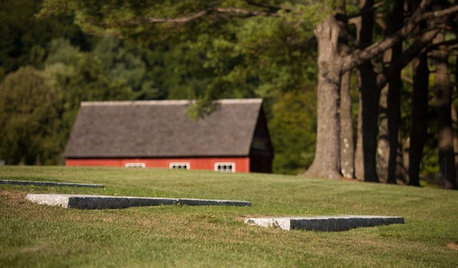
LANDSCAPE DESIGNProblem Solving With the Pros: Rustic Simplicity in a Country Garden
Editing thoughtfully and adding some magic result in a timeless weekend retreat
Full Story
GARDENING GUIDESGreat Garden Combo: 3 Wonderful Plants for a Deer-Resistant Screen
Protect your privacy and keep deer at bay with a planting trio that turns a problem garden area into a highlight
Full StorySponsored
Central Ohio's Trusted Home Remodeler Specializing in Kitchens & Baths
More Discussions






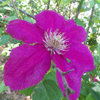
gardengal48 (PNW Z8/9)
opheliathornvt zone 5Original Author
Related Professionals
Hyattsville Landscape Architects & Landscape Designers · Middle Island Landscape Architects & Landscape Designers · Quincy Landscape Architects & Landscape Designers · Simi Valley Landscape Architects & Landscape Designers · Brooklyn Center Landscape Architects & Landscape Designers · Finneytown Landscape Architects & Landscape Designers · Americus Landscape Contractors · Fairhope Landscape Contractors · Fort Hunt Landscape Contractors · Fort Payne Landscape Contractors · North Highlands Landscape Contractors · Pleasant Grove Landscape Contractors · Round Lake Landscape Contractors · Santa Maria Landscape Contractors · West Chicago Landscape ContractorsNHBabs z4b-5a NH
opheliathornvt zone 5Original Author
buyorsell888
opheliathornvt zone 5Original Author
grow_darnit
opheliathornvt zone 5Original Author